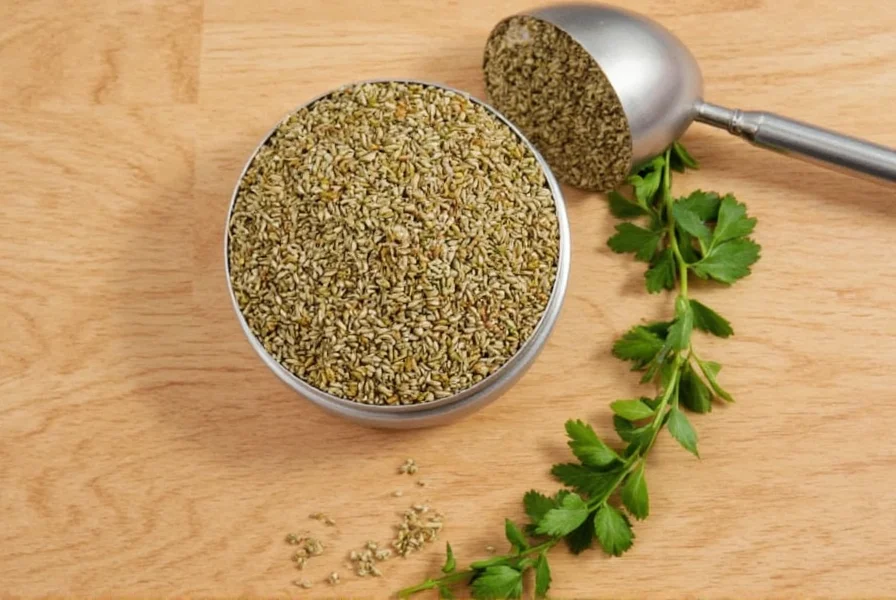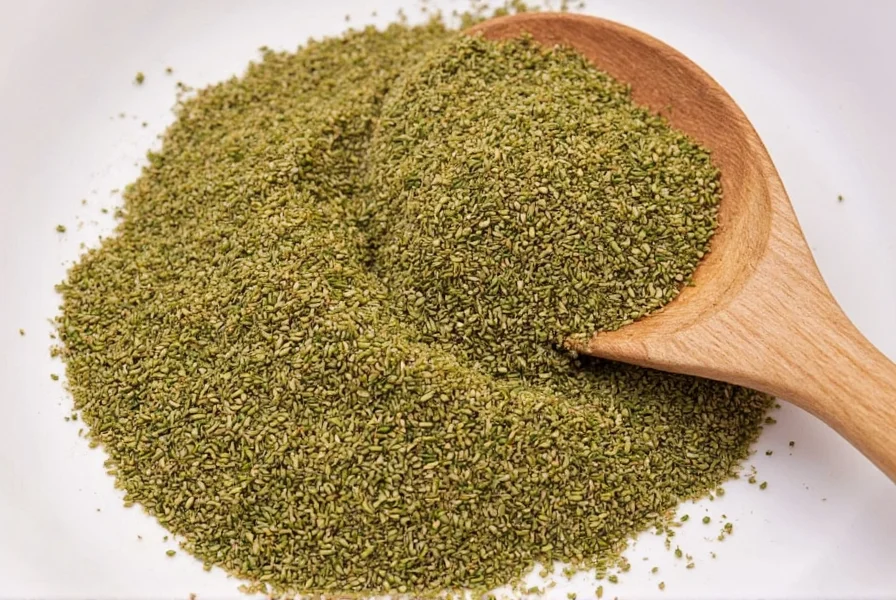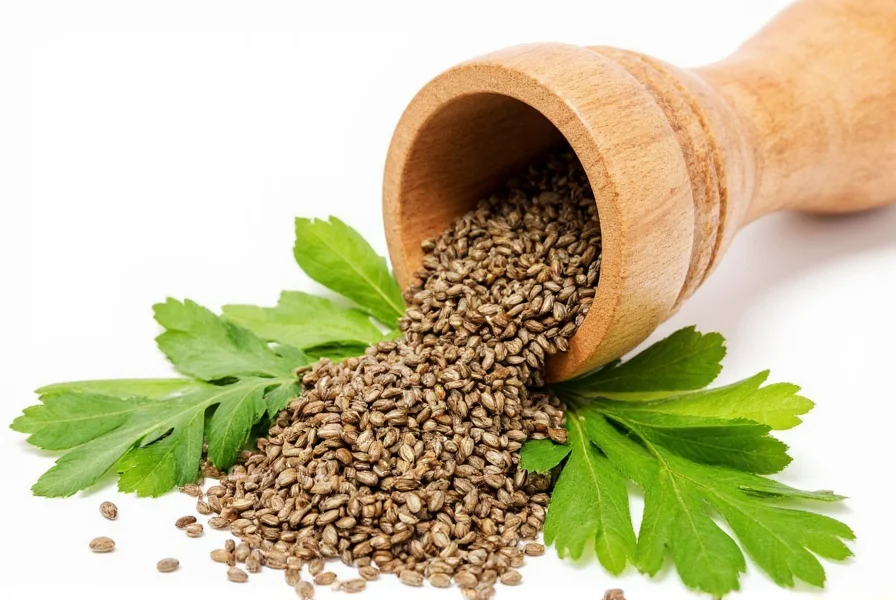The best way to grind coriander seeds is using a dedicated spice grinder or mortar and pestle for optimal flavor release. Start with whole, high-quality coriander seeds, toast them lightly if desired, then grind to your preferred consistency—fine for baking or medium for cooking. Freshly ground coriander provides significantly more vibrant flavor and aroma compared to pre-ground versions, with peak flavor lasting 1-2 weeks when stored properly in an airtight container away from light and heat.
Many home cooks confuse fresh coriander leaves (cilantro) with coriander seeds, but when discussing grinding techniques, we're specifically referring to the dried seeds of the Coriandrum sativum plant. Understanding this distinction is crucial for proper spice preparation. Unlike pre-ground coriander that loses potency within months, freshly ground coriander delivers a citrusy, floral aroma with warm, nutty undertones that can transform your dishes.
Why Freshly Ground Coriander Matters
Coriander seeds contain volatile essential oils that begin deteriorating immediately after grinding. Studies show that ground coriander loses up to 40% of its aromatic compounds within the first week when exposed to air. The difference between freshly ground and store-bought pre-ground coriander is particularly noticeable in dishes where the spice plays a starring role, such as Indian curries, Middle Eastern spice blends, or Scandinavian baked goods.
Professional chefs consistently prefer grinding their own coriander because commercial grinding processes often use high heat that damages delicate flavor compounds. When you control the grinding process at home, you preserve more of the complex flavor profile that makes coriander such a versatile spice.
Essential Tools for Grinding Coriander Seeds
Choosing the right grinding equipment significantly impacts your results. Here's a comparison of the most effective methods:
| Grinding Method | Best For | Grind Consistency | Flavor Preservation |
|---|---|---|---|
| Dedicated Electric Spice Grinder | Regular use, multiple spices | Consistent fine to medium | Excellent (minimal heat buildup) |
| Mortar and Pestle | Traditional preparation, small batches | Variable (user-controlled) | Superior (no heat, gradual release) |
| Coffee Grinder (dedicated) | Occasional use | Very fine | Good (if used briefly) |
| Blender or Food Processor | Not recommended | Inconsistent | Poor (generates heat) |
For the best way to grind coriander seeds at home, a dedicated spice grinder or traditional mortar and pestle delivers superior results. Never use the same coffee grinder for spices and coffee beans, as the porous plastic absorbs flavors permanently. If using an electric grinder, pulse in short bursts to prevent overheating the spices.
Step-by-Step Grinding Process
Follow these professional techniques for perfect coriander grinding:
Dry Toasting Method (Optional but Recommended)
1. Heat a dry skillet over medium-low heat
2. Add whole coriander seeds in a single layer
3. Toast for 2-3 minutes, shaking pan frequently until fragrant
4. Immediately transfer to a cool plate to stop cooking
5. Allow to cool completely before grinding (10-15 minutes)
Dry toasting enhances the nutty, citrus notes in coriander but requires careful attention—over-toasting creates bitterness. This step is particularly valuable when using the traditional method of grinding coriander with a mortar and pestle.
Using a Mortar and Pestle
1. Start with cooled, toasted seeds (or raw seeds if preferred)
2. Place small amount (1-2 tablespoons) in mortar
3. Use circular grinding motion with firm pressure
4. Scrape sides frequently for even grinding
5. Continue until desired consistency is reached
The mortar and pestle method provides superior coriander seed grinding tips for better flavor release because the gradual crushing action preserves more essential oils than high-speed grinding. This technique works especially well for achieving medium grind consistency ideal for most savory dishes.

Using an Electric Spice Grinder
1. Ensure grinder is completely dry and clean
2. Add cooled seeds (fill no more than 1/3 full)
3. Pulse 5-7 times for medium grind, 10-15 for fine grind
4. Shake grinder between pulses for even grinding
5. Immediately transfer to storage container
For the proper technique for grinding coriander with electric equipment, avoid continuous grinding which generates heat. The ideal consistency depends on your recipe—fine for baking where smooth texture matters, medium for most cooking applications where you want some texture.
Storage Tips for Maximum Freshness
Even the best grinding technique won't matter if you don't store your freshly ground coriander properly. Follow these guidelines:
- Use airtight glass or metal containers (not plastic which absorbs oils)
- Store in a cool, dark place away from stove or sunlight
- Label with grinding date for freshness tracking
- For longest shelf life, store in refrigerator (up to 3 months)
- Freeze for extended storage (up to 6 months)
Unlike whole seeds that remain potent for 1-2 years, freshly ground coriander begins losing flavor immediately. For the best way to grind coriander seeds at home, only grind what you'll use within 2-3 weeks for optimal flavor. The difference between freshly ground coriander and pre-ground versions is most pronounced in the first 7 days.
Common Mistakes to Avoid
Many home cooks make these critical errors when grinding coriander:
- Grinding while still warm - Heat accelerates flavor loss; always cool seeds completely
- Overfilling the grinder - Leads to uneven grinding and heat buildup
- Using the wrong grind consistency - Fine for baking, medium for cooking
- Storing in transparent containers - Light degrades flavor compounds
- Using the same grinder for coffee and spices - Causes flavor contamination
Understanding why grind coriander seeds before cooking helps avoid these mistakes. The essential oils that give coriander its distinctive flavor are highly volatile and begin evaporating as soon as the seed is crushed. Proper technique minimizes this loss.

When to Use Freshly Ground vs. Pre-Ground Coriander
While freshly ground coriander is superior for most applications, there are situations where pre-ground might be acceptable:
- Use freshly ground for main dishes, spice blends, and recipes where coriander is a featured ingredient
- Acceptable to use pre-ground in complex spice mixes with many ingredients where individual flavors are less prominent
The flavor difference between freshly ground coriander vs pre-ground is most noticeable in simple preparations like raita, chutneys, or when used as a finishing spice. In these applications, the vibrant citrus notes of freshly ground coriander shine through.
FAQ Section
Can I grind coriander seeds in a coffee grinder?
Yes, but only if you dedicate a separate grinder exclusively for spices. Coffee grinders made of plastic absorb spice oils permanently, contaminating future coffee batches. If using a coffee grinder for coriander, pulse in short bursts to prevent overheating, and clean thoroughly after each use with rice grains to absorb residual oils.
How fine should coriander be ground for cooking?
The ideal grind consistency depends on your recipe. For most savory cooking applications, a medium grind (similar to coarse sand) works best as it releases flavor gradually during cooking. For baking or spice blends where smooth texture matters, use a fine grind. Avoid powder-fine grinding for most culinary applications as it can become bitter and lose complexity.
Does toasting coriander seeds before grinding affect flavor?
Yes, toasting significantly enhances coriander's flavor profile. Dry toasting for 2-3 minutes in a skillet develops deeper nutty notes and intensifies the citrus aroma. However, be careful not to over-toast as coriander burns easily, creating bitterness. Always cool toasted seeds completely before grinding, as grinding warm seeds accelerates flavor loss. For raw applications like some chutneys, skip toasting for brighter, more herbal notes.
How long does freshly ground coriander stay fresh?
Freshly ground coriander maintains peak flavor for 1-2 weeks when stored properly in an airtight container away from light and heat. After 3-4 weeks, noticeable flavor degradation occurs. For longest shelf life, store in the refrigerator (up to 3 months) or freezer (up to 6 months). Whole seeds remain potent for 1-2 years, which is why grinding just before use delivers significantly better results than pre-ground versions.
What's the difference between grinding coriander seeds and fresh coriander leaves?
Coriander seeds and fresh coriander leaves (cilantro) come from the same plant but have completely different flavor profiles and preparation methods. Seeds are dried and hard, requiring grinding to release flavor, while fresh leaves are chopped or torn. Seeds have warm, citrusy, nutty notes, while leaves have bright, herbal, sometimes soapy flavors. Never substitute ground seeds for fresh leaves or vice versa, as they serve different culinary purposes.











 浙公网安备
33010002000092号
浙公网安备
33010002000092号 浙B2-20120091-4
浙B2-20120091-4